Graphic design for t-shirts emerged during the cultural explosion of the 1960s, transforming basic garments into vibrant canvases. Back then, simple typographic prints reigned supreme, while today, the diversity of t-shirt design possibilities is truly astonishing. Regardless of the approach, t-shirt graphic design captures personal expression and offers a wearable art form. Though initially perceived as casual and commercial, it is in fact deeply creative and ever-evolving--currently experiencing a significant wave of innovation. Elevate your wardrobe with the following t-shirt design concepts and craft your own unique piece.
Vector graphics
Vector graphics are a foundational element in creating high-quality, scalable designs for t-shirts, providing crisp and clean lines that remain sharp regardless of size adjustments. These graphics are composed of paths defined by mathematical equations rather than pixels, allowing designers to enlarge or shrink the image without any loss of resolution, making it ideal for printing on various t-shirt sizes. The use of vector-based software like Adobe Illustrator enables designers to layer multiple elements, apply gradients, and incorporate intricate patterns or typography, thereby enhancing the visual complexity and appeal of the t-shirt design. By utilizing vector graphics, graphic designers can efficiently produce mock-ups and proofs that accurately represent the final print, ensuring that colors transition smoothly and elements maintain their integrity, which is crucial during the screen-printing or direct-to-garment printing process.
Color palette
A meticulously curated color palette forms the backbone of graphic design for t-shirts, serving as a dynamic tool to evoke specific emotions and convey brand identity through visual appeal. Each hue must be selected with precision, balancing complementary and contrasting colors to enhance the design's overall aesthetic harmony, ensuring it captures attention amidst a sea of competitors. Designers often employ color psychology to influence consumer perception, choosing vibrant shades to energize and uplift or opting for muted tones to convey sophistication and subtlety. The interplay of colors must consider fabric type, printing techniques, and ink absorption properties, optimizing the final visual impact on the textile while maintaining the integrity of the chosen palette.
Typography design
Typography design plays a crucial role in creating impactful and memorable tee shirts by effectively communicating the intended message through visually appealing text arrangements. A well-executed design involves carefully choosing fonts that align with the shirt's theme or brand identity and experimenting with different styles to create emphasis and hierarchy. Designers must also consider the flow and spacing of the text, ensuring readability and balance are maintained, even when utilizing creative distortions or alterations to the font. Color choice further enhances typography by providing contrast or harmony with the shirt's fabric color and overall design, ultimately evoking specific emotions or associations in the wearer and viewer.
Print resolution
Achieving the ideal print resolution in graphic design for a tee shirt necessitates a precise understanding of pixels per inch (PPI) to ensure the final design is both vibrant and crisp. Designers must aim for a resolution of at least 300 PPI, as this level provides the necessary clarity and detail for both digital printing and traditional screen printing methods. Ensuring the design file is created in a vector format, such as Adobe Illustrator, is crucial because it allows for scalability without any loss of quality, which is vital when adjustments in size are required for different shirt dimensions. Additionally, artists must meticulously manage color profiles, typically using CMYK for an accurate translation of the digital design to the fabric, as this will prevent any unexpected color shifts or dullness in the final product.
Custom illustration
The realm of graphic design for T-shirts, with a focus on custom illustration, offers a unique blend of artistry and personal expression, where each creation becomes a canvas for artistic storytelling that transcends conventional boundaries. Designers often utilize software such as Adobe Illustrator or Procreate to craft intricate designs, ensuring every line and color choice aligns with the thematic essence, whether it draws from pop culture influences, intricate line art styles, or abstract forms that capture the wearer's individuality. The integration of bold typography with hand-drawn elements can further enhance the visual narrative, while attention to composition, balance, and contrast elevates the design from mere art to wearable statement pieces. The choice of fabric and printing techniques, such as screen printing or direct-to-garment printing, play a crucial role in bringing the illustration to life, with each method offering distinct tactile experiences that affect the final look and feel, ensuring the design not only communicates visually but also resonates physically with its wearer.
Mockup templates
Mockup templates are quintessential tools in the graphic design process for t-shirts as they provide designers and clients with a realistic preview of how the final product will appear, aiding in visualizing placement, scale, and color accuracy. High-quality mockups allow for intricate detailing, enabling designers to demonstrate the interplay between the fabric texture and design elements such as typography and graphics. These templates can vary widely, featuring different shirt styles, lighting conditions, and models, ensuring that the designer can tailor the presentation to best suit the target market's aesthetic preferences. With options for customizable backgrounds and dynamic effects like shadows and reflections, mockups not only enhance the client approval process but also serve as compelling marketing materials that can elevate a brand's visual narrative and appeal.
Design software
Graphic design for a T-shirt primarily involves using software like Adobe Illustrator or CorelDRAW, which are vector-based programs known for their precision in creating scalable designs without loss of quality. These platforms provide designers with a myriad of tools, such as pen and shape tools, which enable intricate and precise artwork that can be effortlessly manipulated and adjusted for color separations, making them ideal for screen printing processes. Layers and masks are extensively used to maintain organization and flexibility, allowing designers to try different styles and effects, like incorporating textures or gradients, to give the T-shirt design a unique and professional finish. The software also facilitates easy integration with other Adobe Suite programs, like Photoshop, enhancing the ability to incorporate photo-based elements and achieve effects like soft blending or photo-realistic imagery that can elevate a simple T-shirt design into a visually stunning piece of wearable art.
Screen printing
Screen printing is a time-honored technique in the realm of graphic design for T-shirts, renowned for its ability to produce vibrant and long-lasting prints. The process involves creating a stencil, known as a screen, which is applied to the fabric, ensuring each shirt displays the design with high precision and consistency. Designers often prefer screen printing for its versatility in layering multiple colors and achieving intricate details, allowing the creation of eye-catching and dynamic graphics that resist fading even after numerous washes. To optimize results, attention to the mesh count of the screen and the type of ink--plastisol and water-based being the most popular--plays a crucial role in the texture, durability, and overall aesthetic of the final product.
Visual hierarchy
In the realm of tee shirt graphic design, visual hierarchy holds paramount importance as it strategically guides the viewer's eye across the design elements, ensuring the message or theme is effectively communicated. Designers often manipulate size, color contrast, alignment, and typography to create emphasis on certain components like the brand logo, main illustration, or a key message, thereby directing focus to the most significant aspects first. For instance, a bold, large font might headline the design, capturing attention instantly, while smaller, subdued elements like a slogan or intricate patterns play a supportive role, adding depth and context as one's gaze naturally follows the flow established by the hierarchy. Moreover, the application of contrasting colors or layers can bolster this structure, as lighter elements on darker backgrounds--or vice versa--stand out, facilitating quick visual digestion, thus enhancing wearability and engaging appeal.
Typography layout
Graphic design for tee shirts with a focus on typography layout involves intricate attention to font selection, spacing, and visual hierarchy to effectively convey the intended message or theme. Designers meticulously choose typefaces that resonate with the brand identity or the feel of the design, whether it's bold for emphasis, script for elegance, or a playful sans-serif for youthful energy. The arrangement of text is crucial--balancing sizes, weights, and positions to create a visually appealing composition that guides the viewer's eye smoothly across the shirt while maintaining legibility. Negative space plays a vital role in ensuring the text does not overwhelm the visual or seem overcrowded, allowing the design to breathe and the message to stand out distinctly against the fabric.






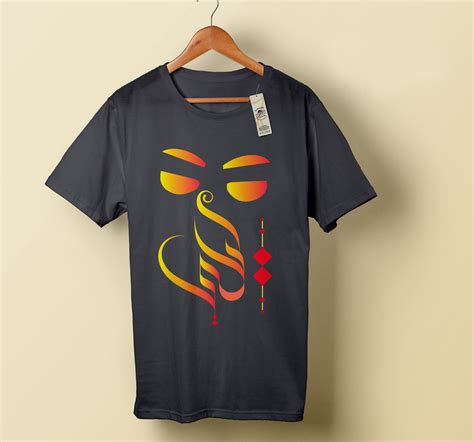
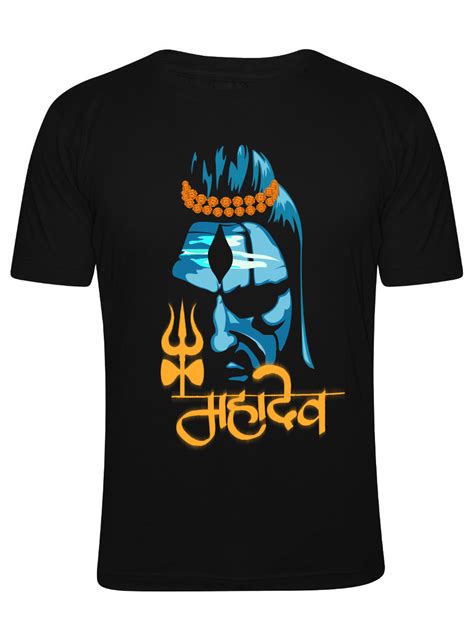
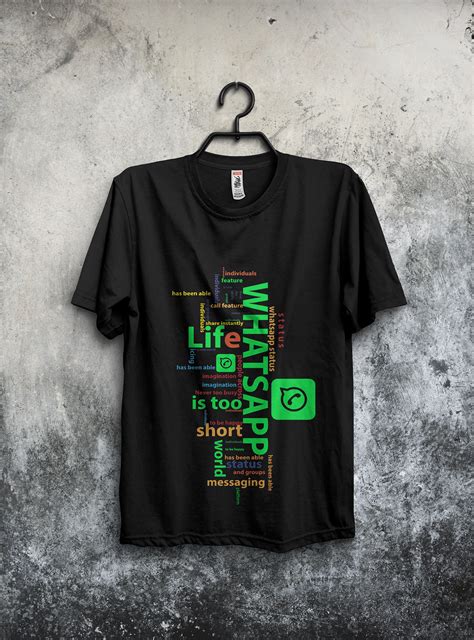
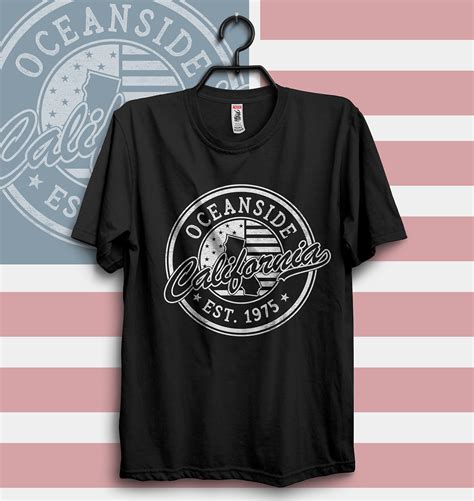
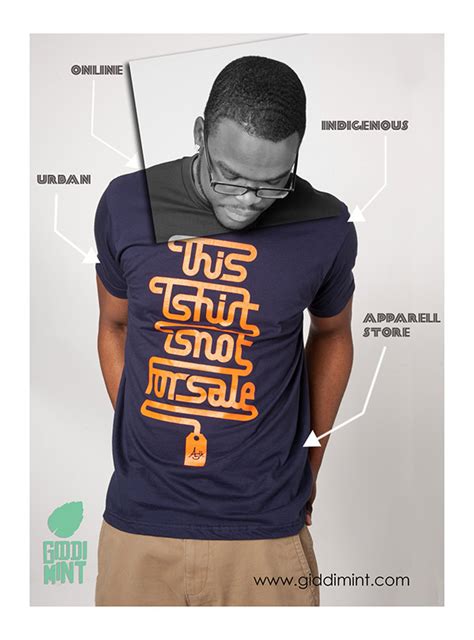
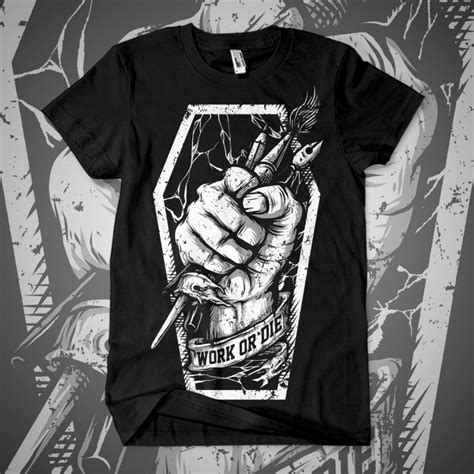
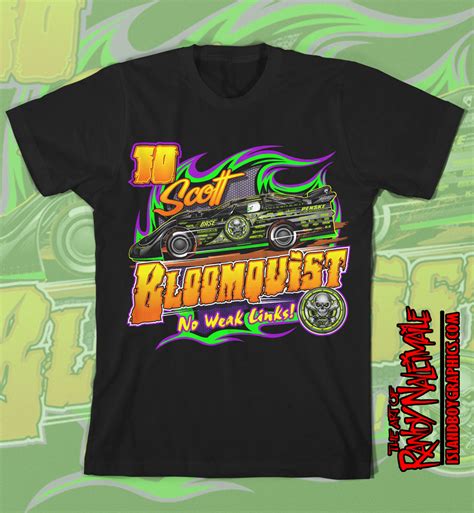
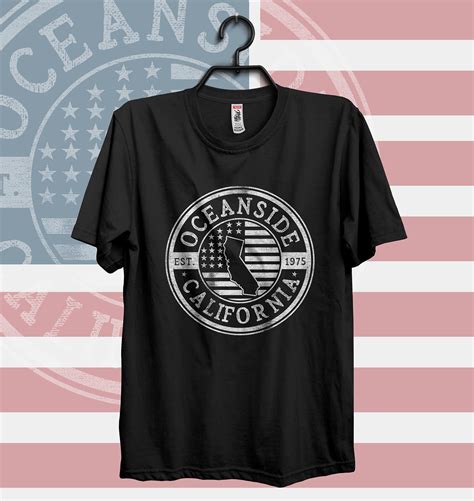
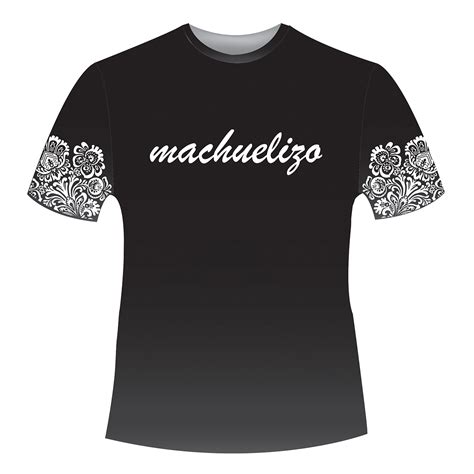
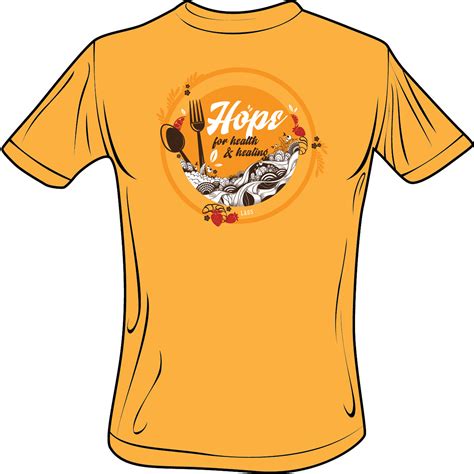
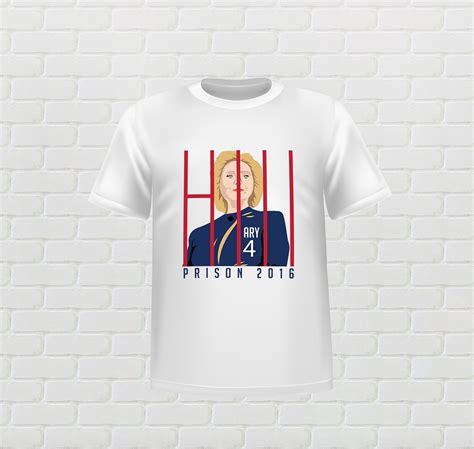
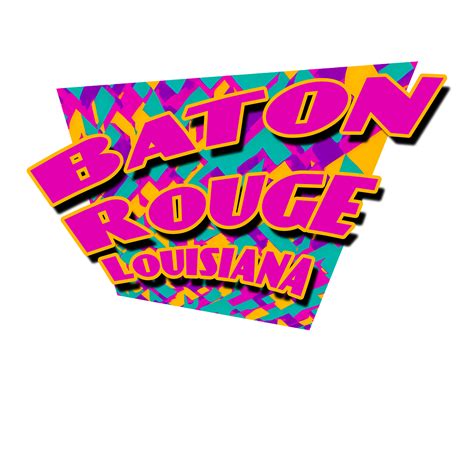
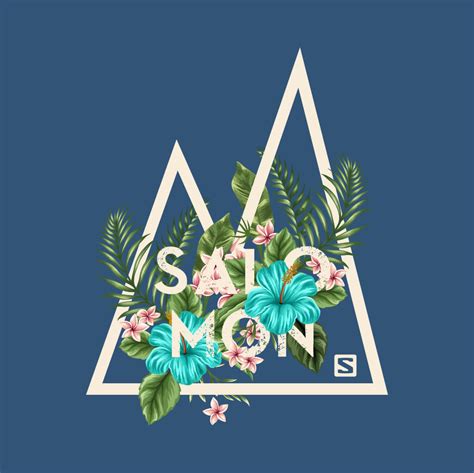
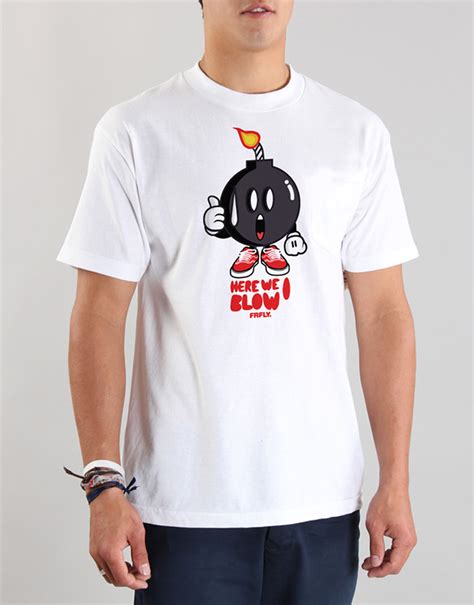
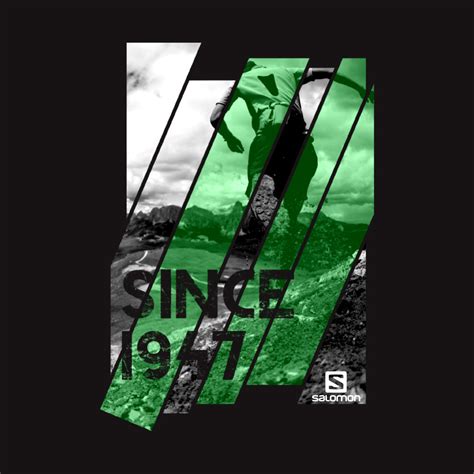
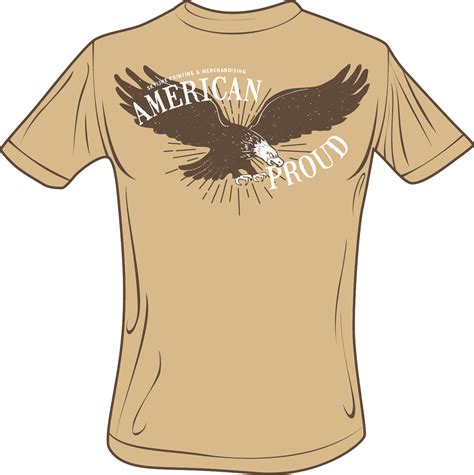

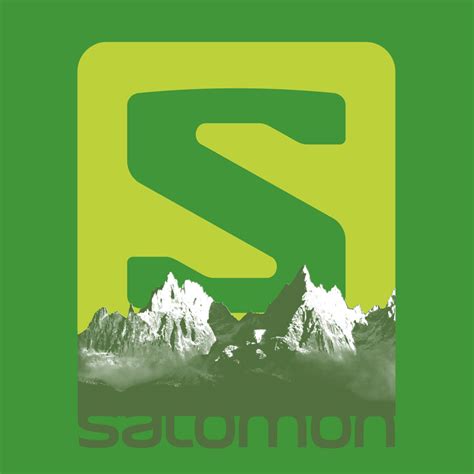

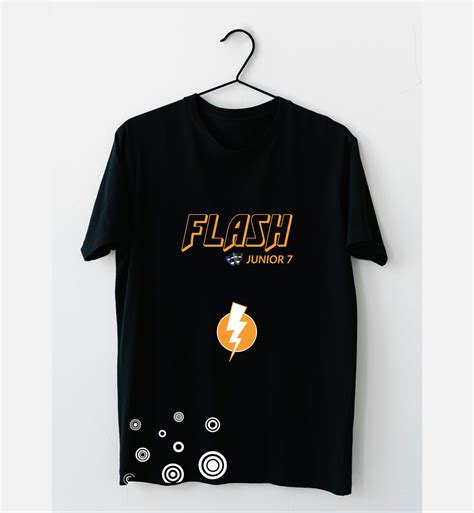
Leave a Reply
Your email address will not be published.